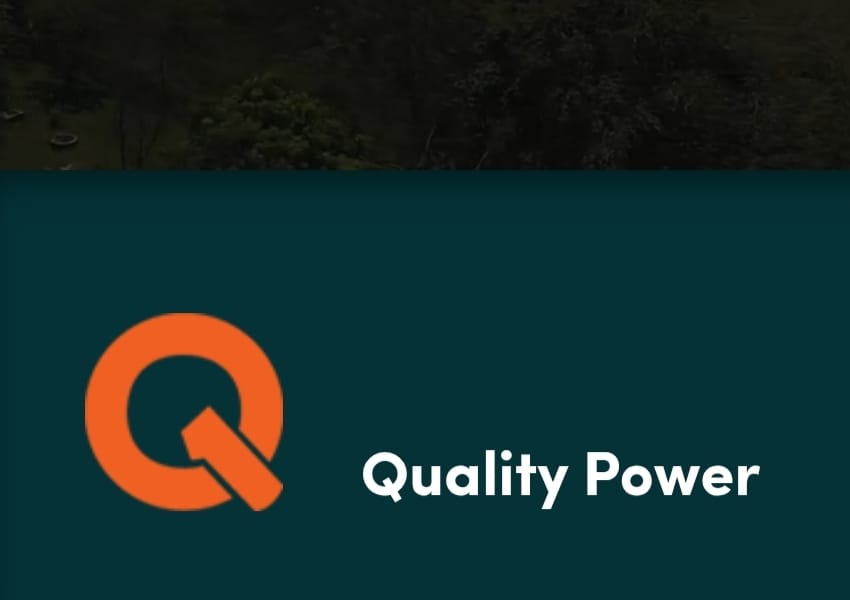Asia-Pacific Climate Initiatives Target Net Zero Cities

City’s strategic use of municipal bonds, supported by the Atal Mission for Rejuvenation and Urban Transformation (AMRUT), has set a precedent in India for market-based fundraising
Nagpur is using groundwork for energy-efficient housing and comprehensive energy audits under the Building Energy Accelerator project.
The city has joined the Zero Carbon Buildings Accelerator initiative, which aims to convert all buildings to ‘Net Zero’ status by 2050. This forward-thinking roadmap is not just about reducing greenhouse gas emissions this approach that considers the lifecycle of building materials, from construction to deconstruction, ensuring that every phase is environmentally conscious.
Local bodies and international organisations gathered in Nagpur for a stakeholder consultation meeting. This gathering involved shared ideas, with contributions from city officials, experts, and industry stakeholders focused on shaping a future of building sustainable entities rather than just structures.
Ahmedabad has pioneered financing climate-resilient urban development by issuing municipal bonds. Ahmedabad’s robust credit rating, which depends on the city’s operational performance, financial health, and robust governance, has been critical in attracting investors and securing funds for transformative urban projects.
The city’s strategic use of municipal bonds, supported by the Atal Mission for Rejuvenation and Urban Transformation (AMRUT), has set a precedent in India for market-based fundraising. This approach enhances urban development and promotes transparency and financial performance.
With the Securities and Exchange Board of India (SEBI) easing regulations and opening doors for foreign portfolio investments, Ahmedabad’s green projects like waste management and water supply initiatives are well on their way to fruition, marking a significant step towards a net-zero emissions world.
Hunter New England Healthone of the significant health service and employer in its region with an network of facilities and a USD 2.5 billion budget, is leading Australia’s healthcare sector in tackling climate change. The organisation has set an ambitious vision to become carbon and waste-neutral by 2030, recognising that it is the largest emitter among government agencies, contributing to seven percent of the nation’s CO2 emissions.
Hunter New England Health focuses on sustainable purchasing practises to drive market change and actively engages the community through its website, articles, and videos. The organisation has established clear sustainability goals with specific timelines and performance measures, including annual targets. They are committed to transparency, regularly collecting and reporting data on their processes.
The health service has identified six critical areas for improvement: energy, water, transport, infrastructure, procurement, and waste, with dedicated projects for each. They aimed to reduce emissions by twenty percent within two years, starting from a 2020 baseline of 105,000 tonnes of CO2 emissions. Impressively, they surpassed this goal, achieving a 24 per cent reduction by 2022.
In water conservation, they aimed to capture 20 per cent of rainwater by 2022 and exceeded this target by 29 per cent. Their recycling and water reuse efforts also beat targets, with a 23 per cent increase compared to the baseline goal of 20 percent.
However, waste management, particularly reducing landfill waste, remains a challenge. Despite aiming for a twenty percent reduction by 2022, they achieved a fourteen percent decrease. Nevertheless, they have installed the world’s largest solar panel system across their facilities, saving 2,844,625 kg of CO2 emissions, equivalent to planting 55,000 trees.
New Zealand Superfund, a Paris-Aligned Asset Owners (PAAO) member, has worked closely with the Treasury and other Crown Financial Institutions (CFIs) to develop the Crown Responsible Investment Framework.
This framework includes a commitment to reporting against standard carbon metrics. NZ Superfund has reported on progress against its commitments in detail through its 2022 Climate Change Report and has signed the 2022 Global Investor Statement to Governments on the Climate Crisis.
Achieving the goal of joining the PAAO and committing to net zero emissions by 2050 requires a comprehensive approach. This includes setting up clear interim targets for 2030, which aim to reduce scope 1, 2, and 3 emissions in investment portfolios, increasing investments in climate-friendly solutions, and using offsets only when necessary.
Additionally, it involves advocating for policies that support net zero objectives, engaging with stakeholders across the investment chain to align services and products with these goals, and reducing operational emissions.
Transparency is crucial, with plans to disclose targets and progress annually guided by the Task Force on Climate-Related Financial Disclosures (TCFD) recommendations.










































































































































































































































































































































































































































































































































































































































































































































































































































































































































































































































































































































































